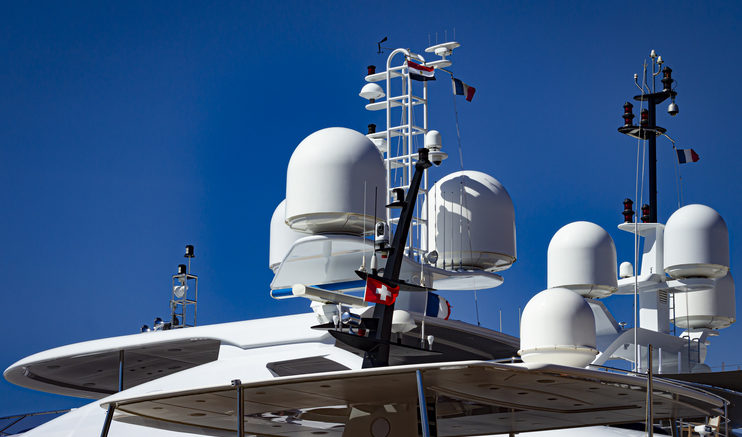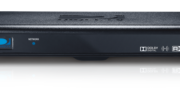Don’t believe the naysayers. Satellite TV is the best, most economical way to get live entertainment up to 100 miles offshore. Cellular internet is great if you can stay within 5-10 miles of the shoreline. Satellite internet is great if you love spending $2,000 a month on enough internet to stream every night. Satellite TV delivers a great experience full of entertainment for about the same monthly price as a regular land-based pay-TV subscription. If you choose right, you’ll end up very happy. But, you do need to know the facts.
What makes marine satellite antennas special
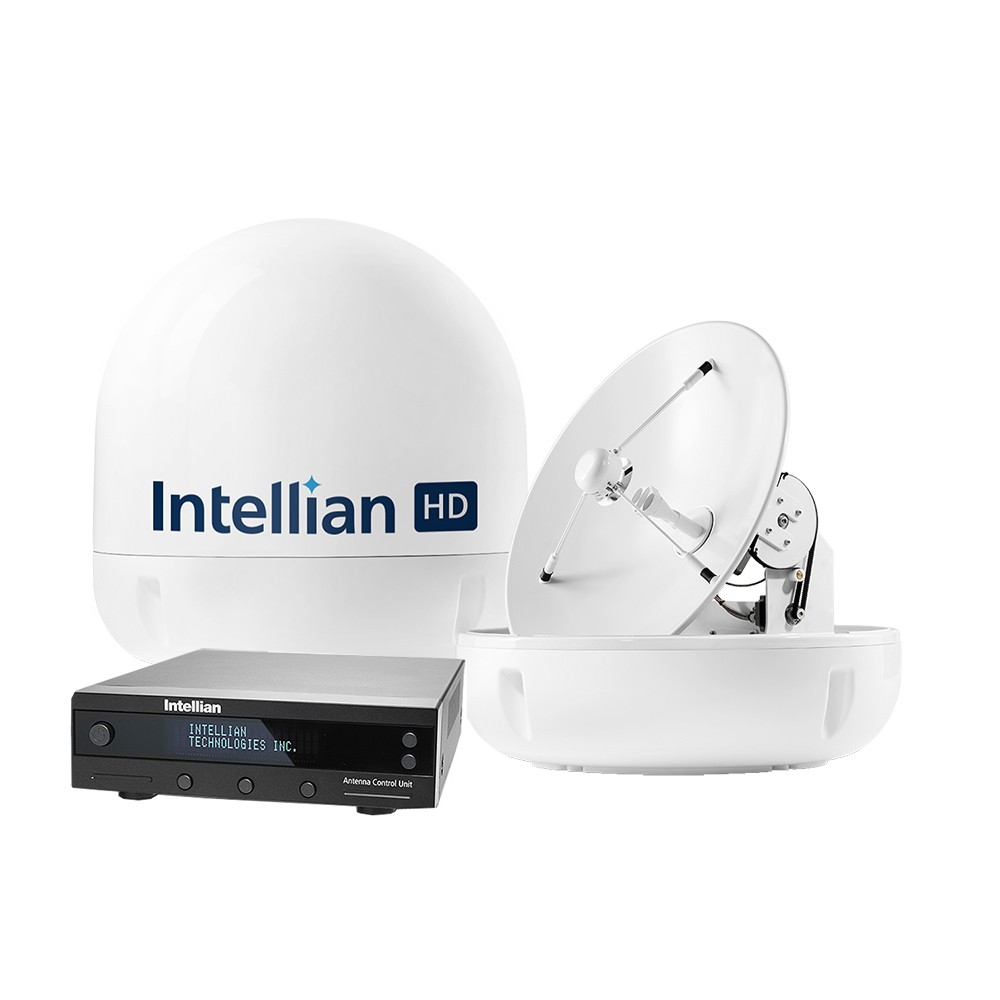
The big difference between satellite TV on land and at sea is the satellite dish itself. Typically, you don’t expect your house to move a lot. That means you can put a fairly inexpensive dish up there and do just fine if it’s precisely aimed. On a boat, you need a system that’s so fast it can actually anticipate where you’re going and re-aim the dish every second or even more.
Not only that, but a marine satellite system is going to live in the sea air where metal is easily corroded and salt water can short connections. So it has to be not only well-built but waterproof.
That’s why marine satellite systems are more expensive than land-based ones. It’s typical to have the satellite dish included when you get a new residential install. On the other hand, a marine dish can be in the mid-4-figures.
Choosing the right one
The first thing you need to consider is size. Traditionally, satellite dishes are measured in centimeters or decimeters. The model of the dish usually tells you how many decimeters it is. For example, the Intellian i3 is a 30cm (or 3dm) antenna.
Smaller antennas work better on smaller boats. They’re lighter and less expensive. However, they can be limited. Typical 30cm antennas will only receive programming from one location at a time. This is guaranteed to cause problems if you have more than one or two receivers. In order to see more than one location, you need a 60cm dish or larger.
The larger the dish, the more sensitive it can be. Cruise ships have 120cm dishes that let them get signal all the way out past 100 miles in some circumstances. However, putting a dish like that on a cabin cruiser would make it tip over or at the very least, become too top heavy.
Planning for the journey
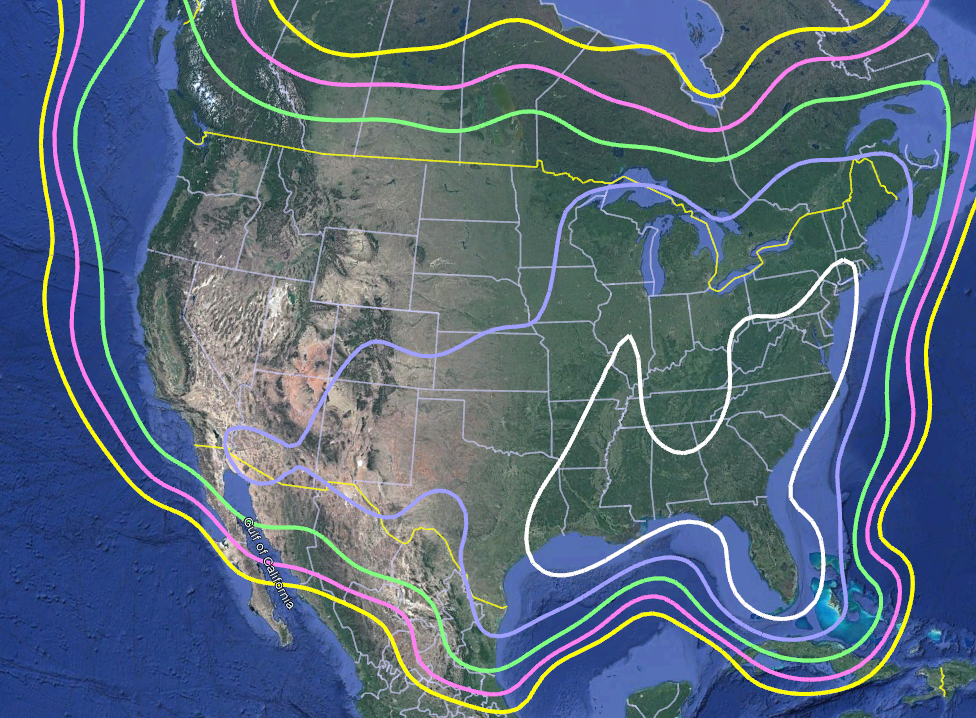
When you’re planning a trip, you’re bound to see a graphic something like this one. It will show you how far away from shore you can be and still get signal. The colored bands roughly correspond to the different sizes of dish, meaning you can get out to the yellow zone with the biggest dish but only to the white zone with the smallest.
If you’re honest with yourself about where you’re likely to travel, you can save a little bit on the dish itself. While you’re being honest, ask yourself two other questions:
Do you need DIRECTV service?
DIRECTV Satellite uses technologies that aren’t used anywhere else in the world. If you want to stay with DIRECTV, you’ll want to make sure the antenna you buy will work properly with it.
Where are you really going?
If you’re planning a really long trip you’ll probably want an antenna that can receive pretty much any satellite broadcast anywhere in the world. This sort of satellite dish has a lot of extra electronics, being as it’s actually several satellite dishes in one. If your plans call for a sail to Belize, Sydney, or Lisbon, you’ll want to plan ahead. Just one more thing to note there: You’ll need a different receiver for every country you visit. There’s no such thing as a universal receiver.
You’ll need an antenna control unit, and possibly one or two other things
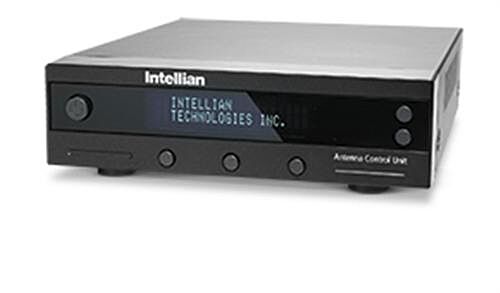
There’s always going to be a box of some sort that controls the antenna. Your satellite receiver generally assumes the dish isn’t moving, and you need something to help aim. The Antenna Control Unit (ACU) does all the hard work. It’s generally set once when you get it installed and doesn’t need to be changed unless you’re going international. You’ll get the ACU when you get the antenna, it’s generally packaged together.
If you have multiple receivers, you’ll need a special module to distribute signals. For DISH customers, as well as Canadian customers, this is called a MIM, or multi-input module. For DIRECTV, it’s called a SWM, or single-wire multiswitch. Again this is something that’s set up during the install and doesn’t require much care. You just need a waterproof area with plenty of ventilation to put it in.
Choosing your satellite service
For US customers, the choice is of course DIRECTV or DISH. It’s going to come down to a lot of factors that are very particular to you. Is there a channel you want on one that isn’t on the other? Also each service reaches to different parts of the sea. You’ll want to know that the service you’re getting is going to be reliable in the area where you’re spending your time.
Sounds hard? It isn’t.
Choosing a marine satellite system might sound like a high-stakes roll of the dice. It can be, if you get the wrong advice. That’s why you need to partner with the company that’s done more marine satellite activations than anyone else in the world. That would be Signal Connect, the sponsor of this article. We’ve been doing marine satellite for over 20 years and we’ve done everything from the smallest cruiser to the biggest cruise ship. We have experts in our Detroit-area offices who know how to put it all together for you.
Give us a call! We do ask that the first call be during East Coast business hours so we can get you to the right person. Once you’re connected, talk to your satellite expert. They’ll give you their direct contact info and tell you when they’re available… and that often includes evenings and weekends.
So call, use the chat button at lower right, or fill out the form below. We’ll get right back to you!

